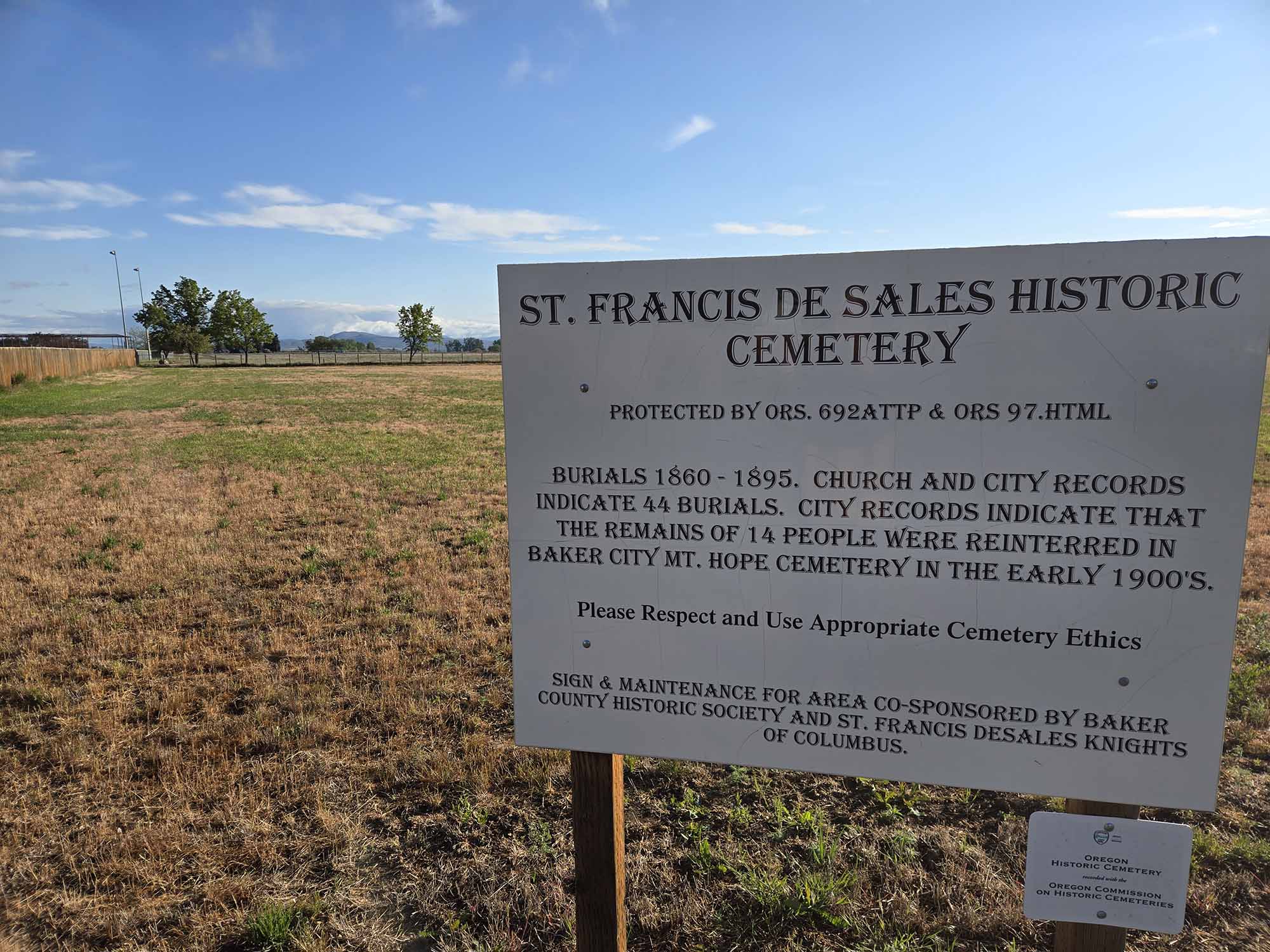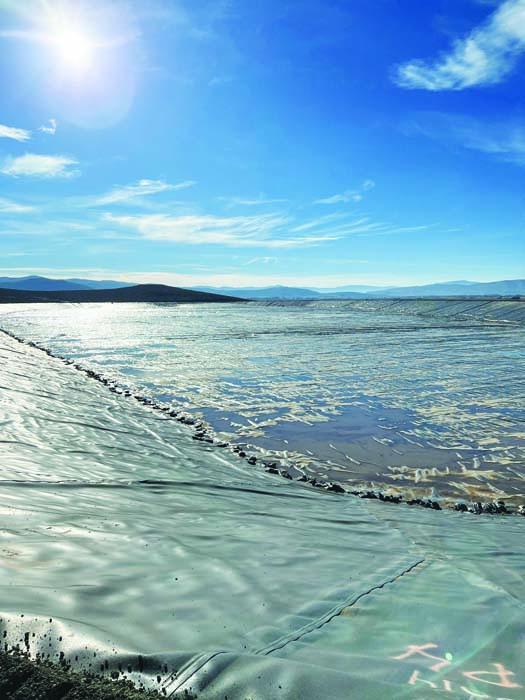COLUMN: Impressed, and exhausted, by Nevada’s peaks
Published 12:20 pm Friday, April 19, 2019
Nevada is lousy with hills, but these aren’t the gently rolling hills that infest mediocre poetry and lard the boastful prose in travel guides.
There is nothing gentle about Nevada’s hills.
Indeed there is nothing especially hilly about them, that adjective implying a certain modesty in scale wholly inappropriate for most of Nevada.
What Nevada has are mountains.
Immodest mountains that thrust skyward, 10,000, 12,000 feet and more, cleaving clouds and obstructing views.
These mountains jut.
They loom.
They intrude and interfere and impose themselves on the landscape, as blatant as skyscrapers.
This aspect of Nevada is no more a secret of the Silver State, of course, than its proliferation of slot machines or its permissive attitudes toward certain business transactions of a personal nature.
Mountains are notoriously difficult to hide, what with the ephemeral nature of clouds and nighttime.
Nevada has long been recognized for having an unusually rumpled topography. Celebrated, too.
The proprietor of a gift shop in Ely told us, during our spring break tour of our neighbor to the south, that in fact Nevada is the most mountainous state.
I had no reason to dispute this claim. Besides which she was quite friendly — she allowed Max to select a lucky rabbit’s foot and Olivia to choose an arrowhead, both gratis — and I felt it would have been quite rude to quibble.
But it turns out that her boast, which she offered with a palpable pride in her state’s precipitous nature, was not an empty one.
Certain resources I have consulted — well, Wikipedia anyway — confirm that Nevada, with 172 summits that soar at least 2,000 feet above the surrounding land, is the most mountainous among the 48 continental states.
(Alaska, it hardly needs be said, stands alone in this regard, as it does in so many other geographic categories.)
Although comparing states by their abundance of mountains is not so meaningless as, say, ranking them by which are more “friendly” or “happy” or some other unavoidably subjective category, the practice does strike me as less precise than, say, estimating populations.
Mountains themselves can be measured, of course, and with immense accuracy thanks to orbiting satellites.
But I’m not sure there’s any great value in listing Nevada as more mountainous than, say, the third- through fifth-place states — California, Montana and Washington.
I have visited each of those states and I wouldn’t describe Nevada as distinctly more mountainous than any of the three.
For sheer magnificence in a single summit, in fact, I would rate Oregon’s Mount Hood, as well Mount Shasta in California, and Mount Rainier in Washington, as eclipsing anything I saw in Nevada.
Nevada’s mountains impressed me greatly, but it was a matter more of quantity than the attributes of any individual peak.
We drove for many hours at respectable speeds — you can’t see much of Nevada otherwise — and always we could see at least one imposing range of mountains. Often we could see two or three.
Nevada isn’t the only state, to be sure, with the characteristic topography of the Basin and Range — alternating valleys and steep-sloped mountain ranges that trend roughly north-south. This geologic province extends into the southeastern corner of Oregon, with Steens Mountain the most notable example of this distinctive landscape.
But Nevada is the apotheosis of the Basin and Range.
It is, I’ll concede, a trifle tedious, so monotonous is the terrain.
Nevada lacks the variety that defines its neighbors. There are none of the great volcanoes of Oregon, California and Washington — isolated peaks that dominate the views from dozens of miles in every direction.
Nevada has none of those states’ sprawling forests, either. And of course it has no Pacific beachfront property (or any other beachfront, come to that).
Yet the sheer consistency of Nevada’s mountain ranges, spanning almost the whole of its considerable length, began to overcome my jaded eyes during our six days there.
I got to thinking, somewhere along the lonely stretch of Highway 6 between Tonopah and Ely, about just how much elevation is confined within Nevada’s borders.
(I know that when it comes to lonely highways, U.S. Route 50 in Nevada is officially “The Loneliest Road in America.” But so far as I can tell pretty much any highway in the state can make a compelling case that it deserves the title. One excellent candidate, state Highway 375, which includes the rather awe-inspiring sign reading “Next Gas 150 miles,” already has a memorable moniker — it’s the Extraterrestrial Highway. It’s the highway nearest the infamous Area 51 military air base that features in all sorts of stories involving aliens and UFOs.)
When I see a mountain range, even one that I’m passing at 75 mph, I can’t help but imagine how it would be to clamber up its slopes. I see a prominent ridge and I wonder whether it would afford an easier ascent than an adjacent draw, or whether a particular band of rock could be negotiated.
This sort of mental exercise, when undertaken in Nevada, is exhausting. I suppose in theory it’s possible to count the ridges and draws in the state, or to estimate how much elevation you would gain if you summited each of those 172 peaks I mentioned earlier.
But not having a decade or two to spare poring over topographic maps, I’d not care to try.
I’m content to ponder, during an occasional daydream, the terrible immensity of Nevada’s mountains, a gantlet of ups and downs sufficient to tax even the most battle-tested tendons.
Jayson Jacoby is editor of the Baker City Herald.





